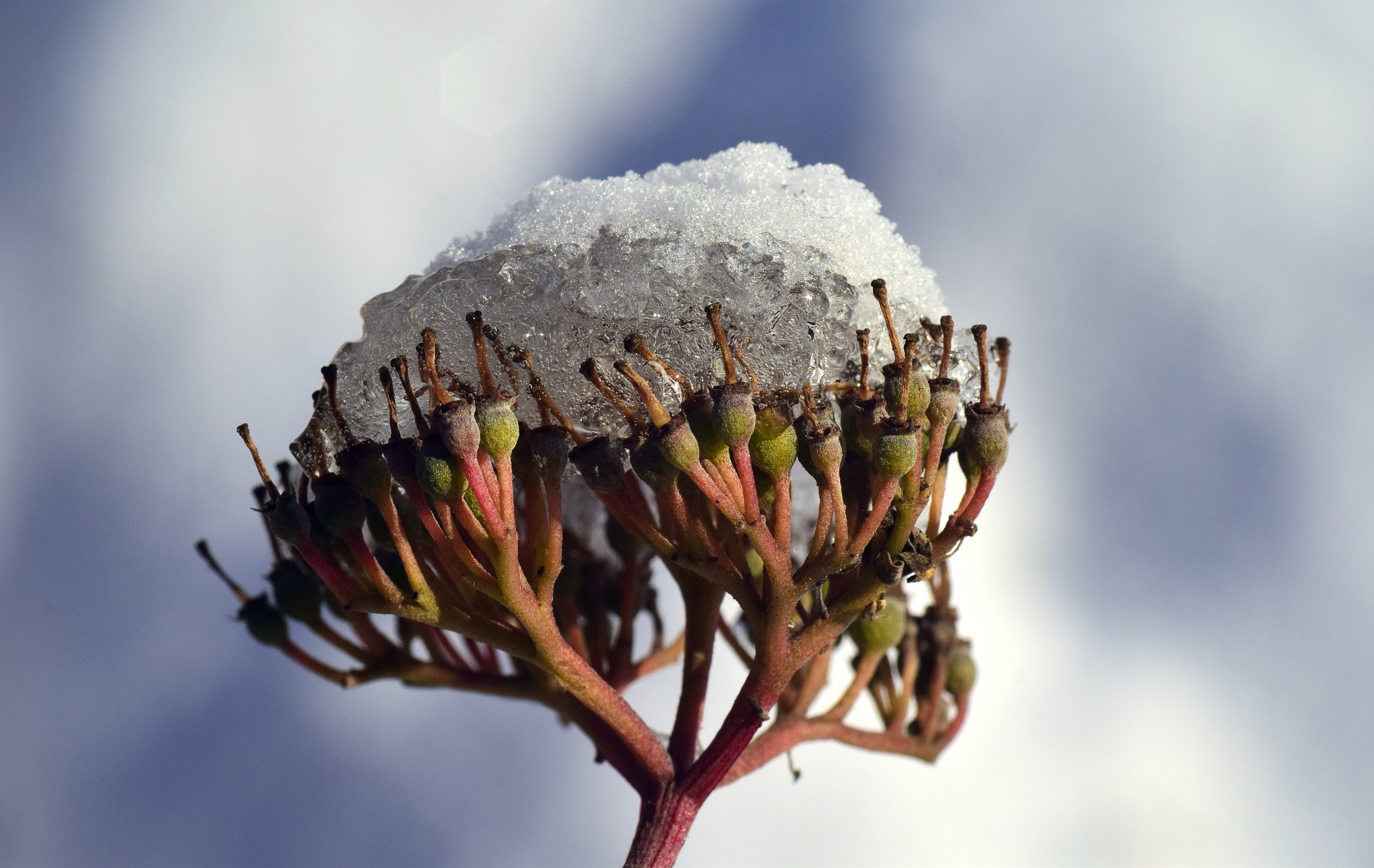How To Protect Flowerbeds This Winter
Posted by Jennifer Smith on 5th Jan 2018
 Living in the Midwest or New England, you know firsthand that the winter season brings challenges for gardeners.
Living in the Midwest or New England, you know firsthand that the winter season brings challenges for gardeners.
There are cold weather plant protection methods that can be done beginning in January for growers including:
Wrapping Tree Trunks
Deer rub their antlers on tree trunks during the fall and winter seasons. This, in turn, causes damage to the tree bark. During the "warmer months," growers can use tree guards to prevent deer from damaging the trees; but in the colder months, tender tree trunks can be wrapped in burlap or shrub-wrap to prevent winter sun-scald and chilly, gusty winds.
Thorny Bushes
Thorn plants, including roses, are greatly used as deer-resistant plants; however, in the winter time, plans will need adjusting. Rake a mound of soil or bark mulch around the base of the rose plants to protect the crown and keep the plant insulated. The soil mound will be approximately 12-18 inches deep.
Outdoor Plants
Some outdoor plants can be brought inside for warmth or can be placed inside a cold frame for springtime planting. For growers that plan to keep plants outside, insulate them with a protective screen, sheets or blankets. Plastic can be used as a plant cover; but it's important to make a frame that keeps the plastic cover from touching the plants.
Bulbs such as daffodils (a deer-resistant plant), tulips and crocus will tolerate harsh freezes, however plants such as gladiolas, caladiums and canna will need to be brought inside and stored for the winter.
Perennial Plant Care
Perennial flowerbeds can lay in any organic mulch including cedar, pine, wood chips, straw and hay. The flower mulch provides a layer of insulation to help protect plants, is long-lasting and discourages insects from crawling on plants.
